Wgat Do Lions Do That Are Funny
August 10, 2020
Our love for Africa is embodied in our name and mascot. For us, nothing captures the essence of Africa more so than the symbol of the lion. To celebrate World Lion Day, whichs occurs every year on August 10th, we wanted to share 12 interesting facts about lions. Read on for more amazing lion facts.
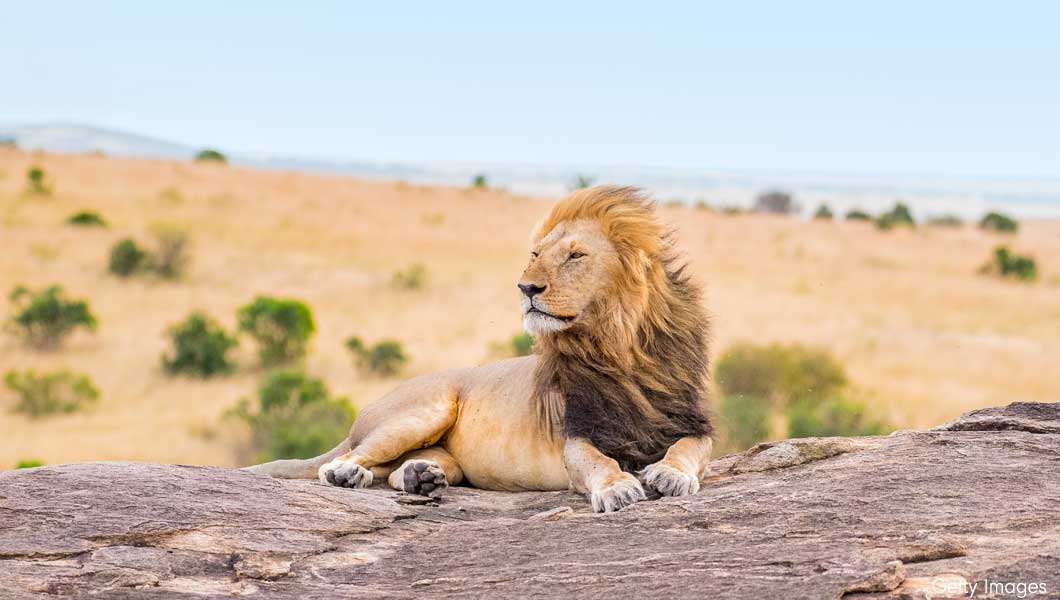
Ready for some Amazing Lion Facts?
Lions are one of Africa's most recognizable animals and for good reason: more than any other animal in the African wilderness, lions signify courage, strength, and power. Spending up to 20 hours of the day sleeping or resting, lions are the laziest of the big cats. They can be found lying on their backs with their feet up or taking a snooze in the shade. While lazing around, they are very affectionate towards one another, rubbing heads, grooming, and purring.
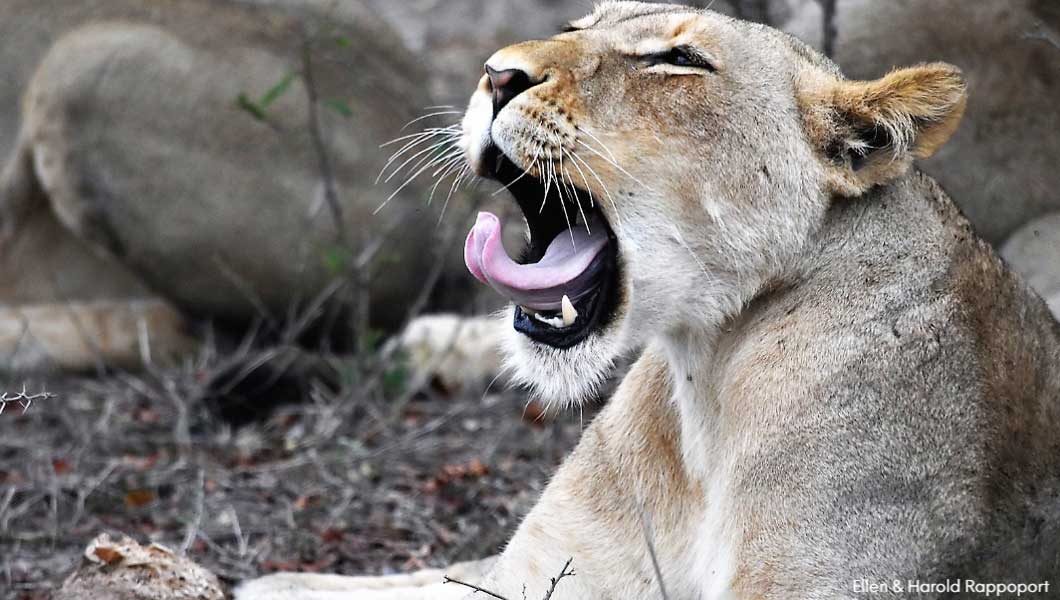
At Lion World Travel nothing represents the essence of Africa more so than the lion which is at the center of our brand and the nickname for our mascot "Lionel". He embodies playfulness as can be seen in our logo – Lionel's tongue is dangling lazily out of his mouth.
Here are some amazing lion facts:
1) Lions Are Social
Lions are the most sociable of all the big cats. They live in groups called prides, which usually consist of related females and their offspring. The typical pride consists of ten to fifteen lions, with several adult females, their cubs and up to four males. Some lion prides can be as large as 40 members!
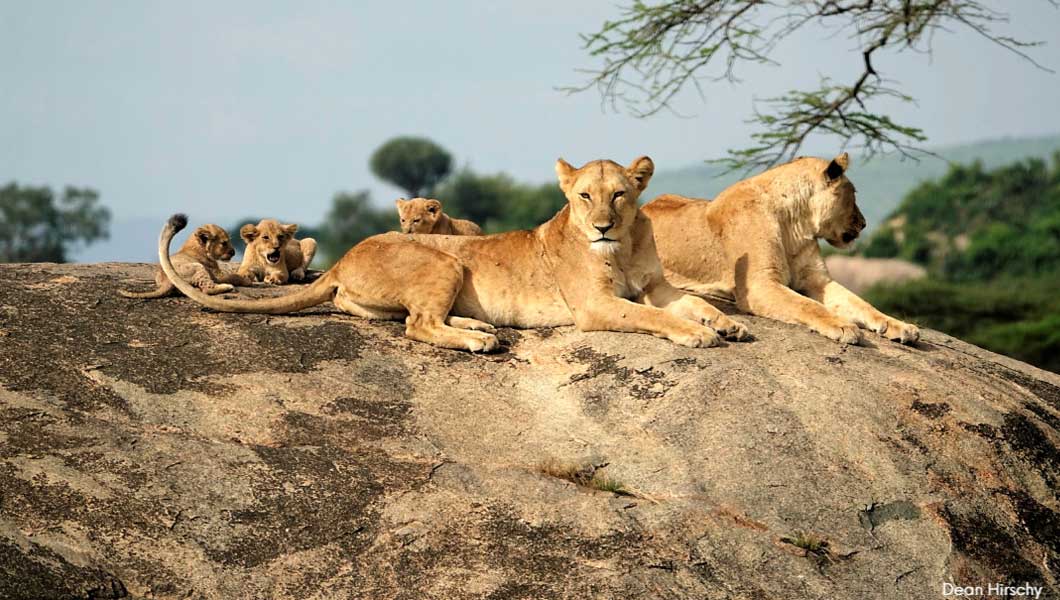
2) Lions Don't Need to Drink Everyday, But They Do Need to Eat
Lions can go up to four days without drinking water, but if available, they will drink water every day. Lions do need to eat every day. Adult female lions need to eat about 11 pounds of meat each day, while adult males eat 16 pounds or more every day. While lions primarily prey on large herbivores such as zebra, wildebeest, and buffalo, they have been known to prey on smaller animals like mice, birds, hares, lizards, and tortoises.
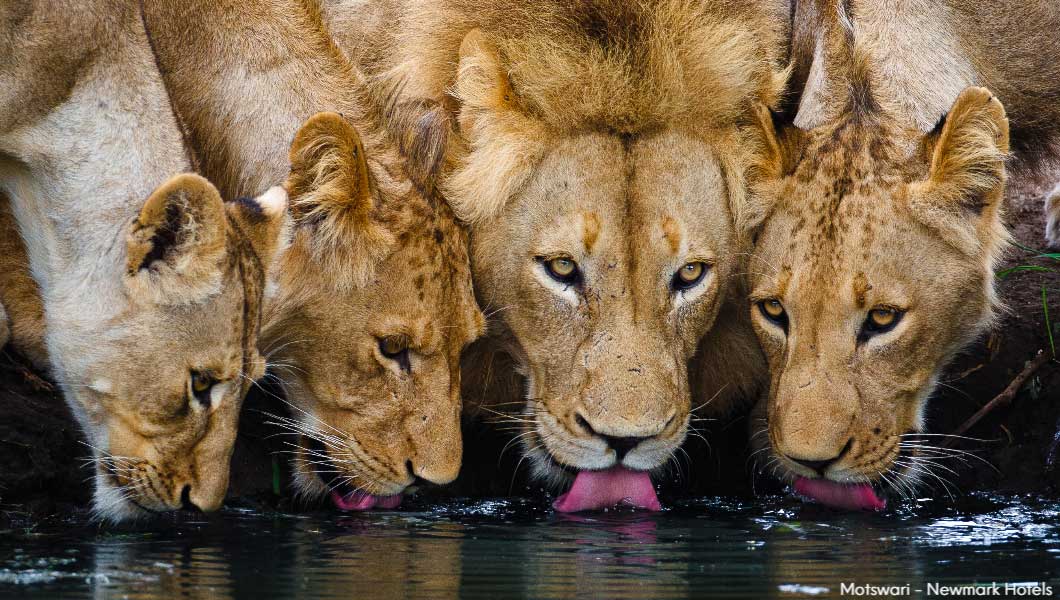
3) Female Lions (Lionesses) Do Most of the Hunting
Lionesses are the primary hunters of the pride. They are smaller and more agile than males and they use teamwork to bring an animal down. After a successful hunt, all the lions in the pride share the meal. But there is a pecking order, with the adult males eating first, followed by the lionesses and finally the cubs. The males protect both the pride and the pride's territory (which can extend up to 100 square miles) from competing prides and other predators. Anywhere from 85-90% of the hunting is done by the females in a given pride.
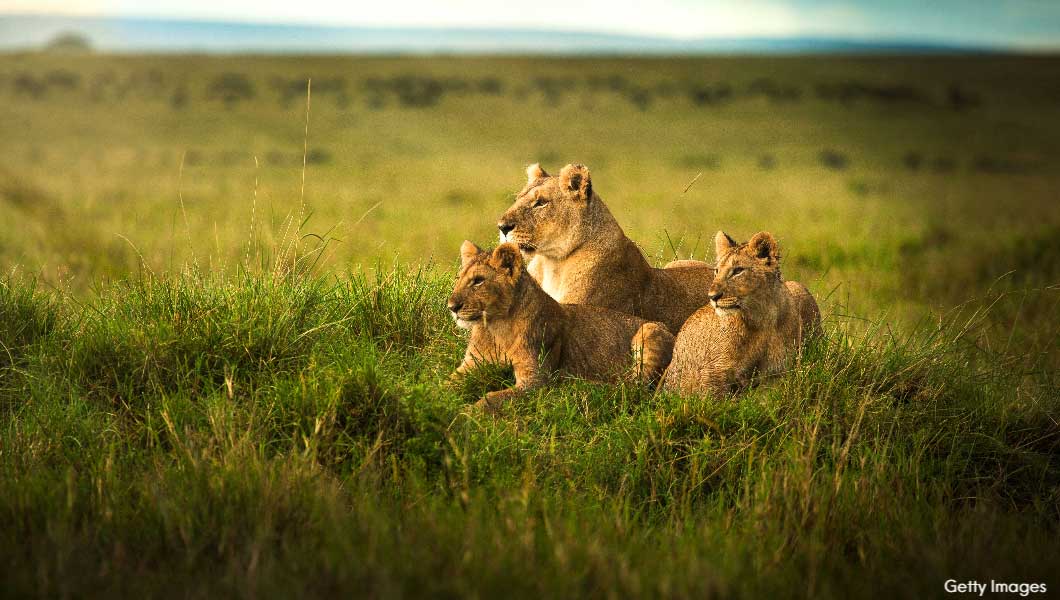
4) Lions Are Superb Hunters
Lions hunt by ambush. Fanning out, they form a semicircle, with the smaller lionesses herding the prey towards the center. A lion's vision is roughly six times more sensitive to light than humans, giving them a distinct advantage when hunting at night. Lion's claws are retractable, reaching up to 1 ½ inches in length, allowing for the tremendous control when it needs to go in for a kill. Lions can also reach speeds of up to 50 miles per hour in short bursts and can jump up to 36 feet. So, it is easy to see why the lion is referred to as the "king of the jungle", which leads us to our next fact...
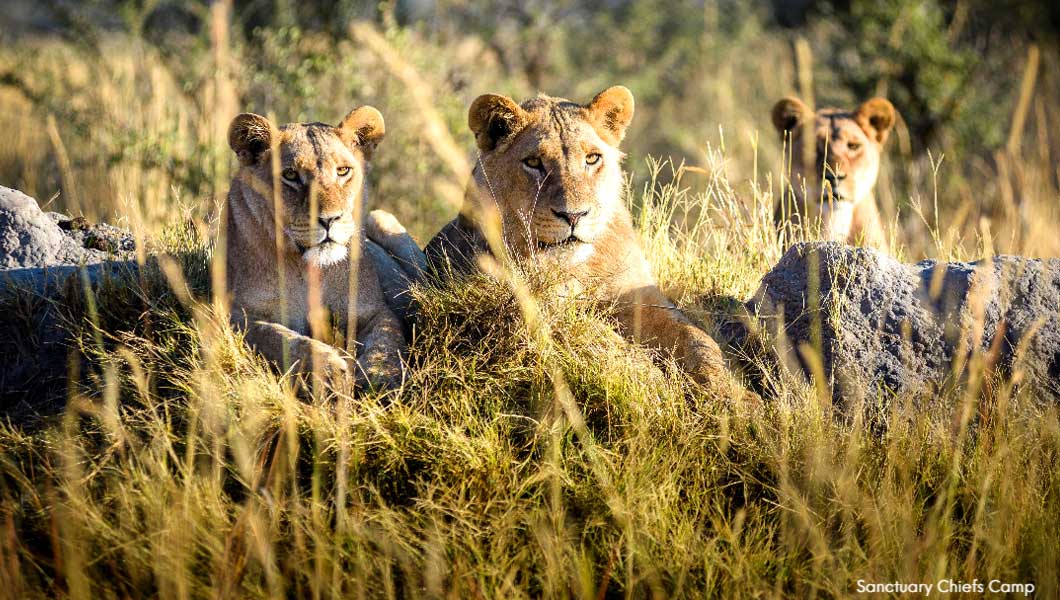
5) Lions Do Not Live in Jungles
Although lions are known as the "king of the jungle", lions in Africa do not actually live in a jungle. Instead, their primary habitats consist of Africa's grasslands and plains. Three of the five largest lion populations are found in the wide-open savannas of Tanzania.
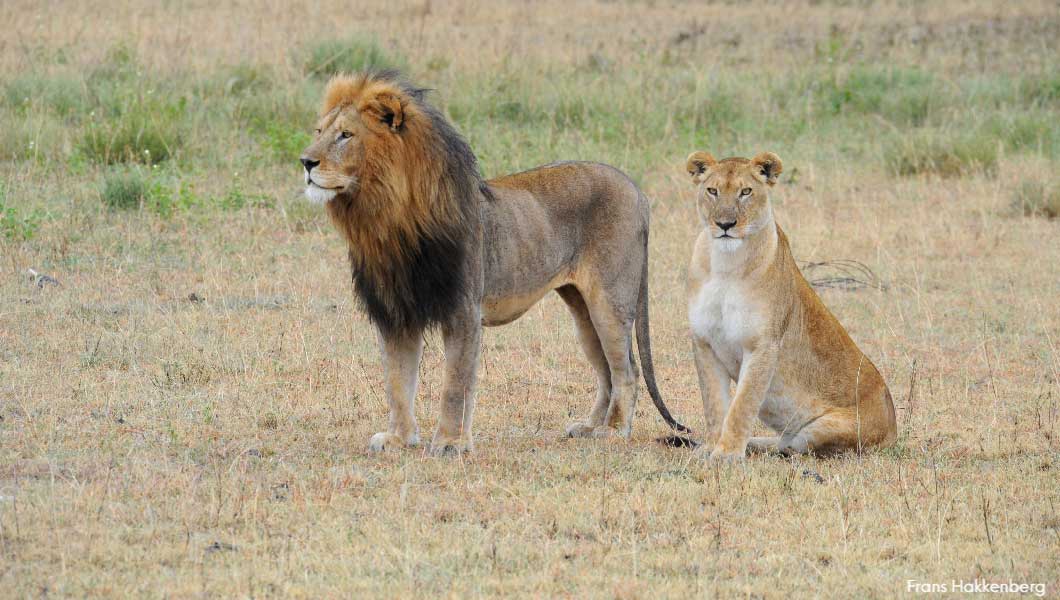
6) Lions Communicate in Many Ways
Lions communicate in different ways using sounds like roars, growls, moans, and grunts. Also, by leaving scent markings and through visual signals, such as the darkness of the mane. They also rub their heads on one another as an act of bonding and to spread the "family scent". A lion's roar can be heard up to 5 miles away. This is a warning to other predators and to protect their territory from competing males, also to attract mating partners.
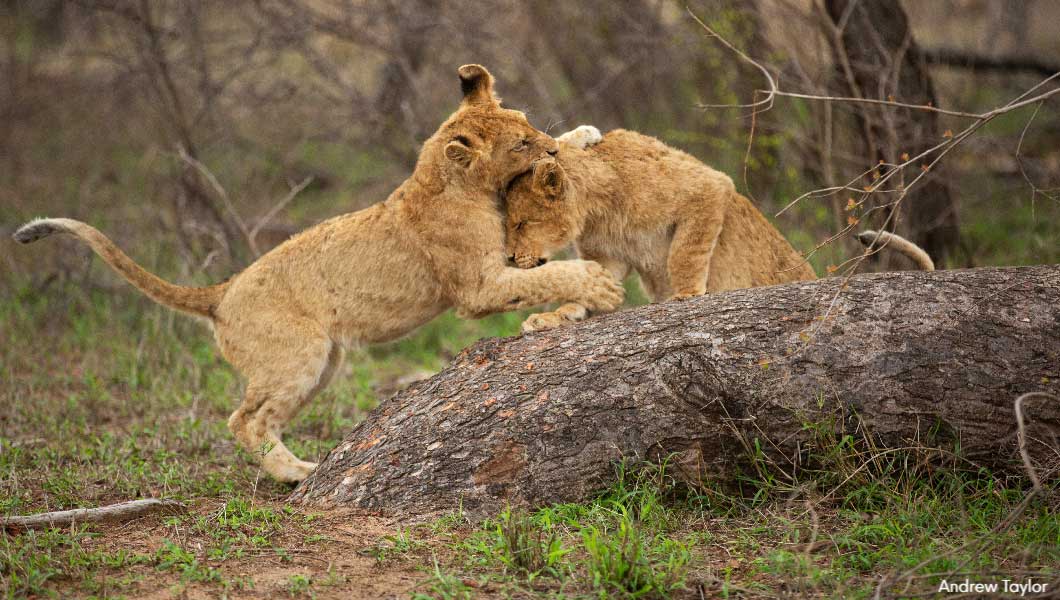
7) Female Lions Raise Cubs Together
Females in the same pride tend to give birth around the same time, which allows multiple litters to be raised together. Lionesses will take care of their cubs until they reach the age of two or three. The mother then goes through estrus (heat cycle) and carries another litter. This is when the pride forces the male lion cubs and some of the female lion cubs out. They must now fend for themselves or find another pride. Male lions do not directly participate in the parenting, but they will protect the pride's cubs from danger. Did you know that lion cubs have two other names? Though they are usually referred to as cubs, lion babies have two other names: "whelps" and "lionets".
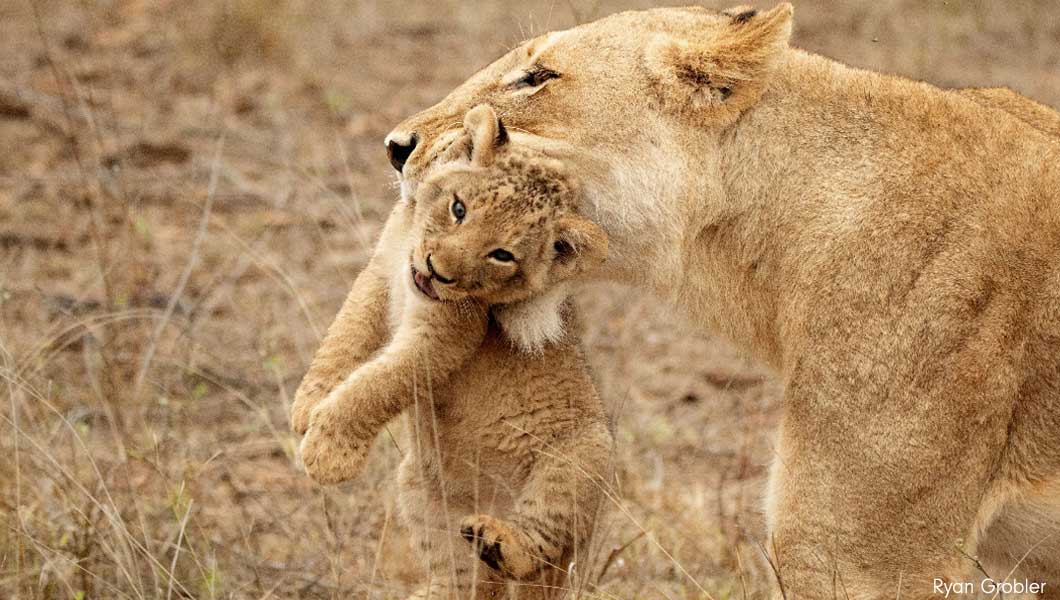
8) More Lion Cub Facts
When they are born, cubs are very small, and their eyes are closed until they are two to three weeks old. Even then, they cannot see properly for another few weeks. This is when they are vulnerable to attack from large birds, snakes and even male lions. A lioness will keep her cubs hidden from other lions for around six weeks until they are old enough to follow the pride. Lion cubs are full of life and grow up playing with the other youngsters in the pride. They can be seen leaping, rolling, and gently biting. This type of play builds strength and family bonds.
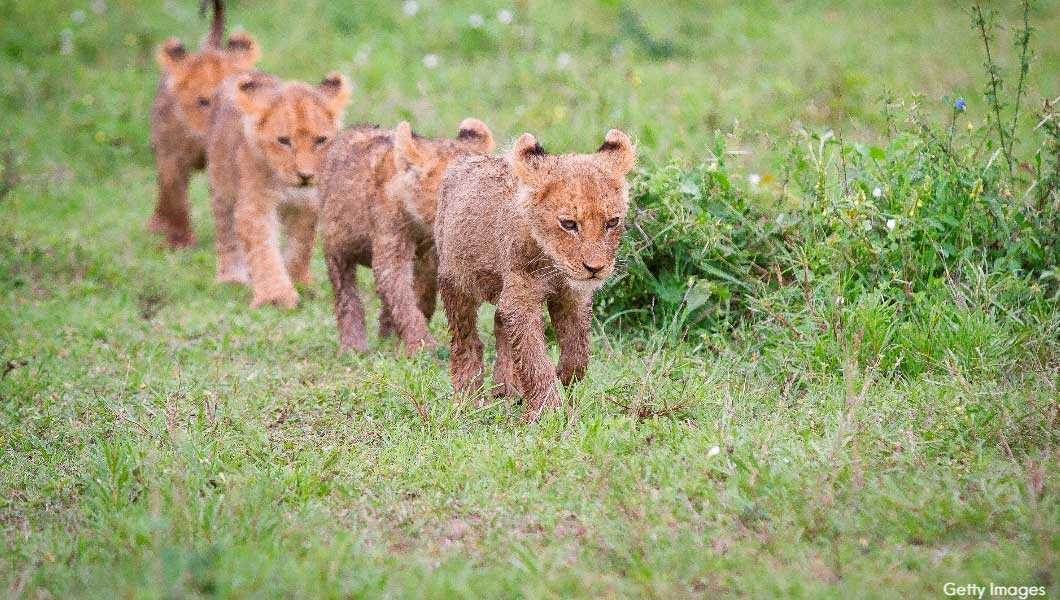
9) Lions Are the Second Largest Cat on Earth
Only slightly smaller than the Siberian tiger, the lion is the second largest big cat, with a muscular, deep-chested body, short, rounded head, round ears, and a hairy tuft at the end of its tail. Unlike all other big cats that are solitary hunters, lions are social animals and live together in prides. Male lions can grow up to 10 feet in length and weigh up to 550 pounds, while female lions can grow to a length of 9 feet and weigh up to 390 pounds.
Video of a Majestic, Big Male Lion Walking, by African Anthology
10) Lions Once Existed in Europe
To see lions in great numbers today, you must take a safari to eastern or southern Africa. But fossils and historical records show that lions once roamed across Egypt and northern Africa. Lions were also once found in Europe across most of Greece, Bulgaria and their neighboring countries. From Africa, across the Middle East and into Asia, lions once existed in the wild in many other countries including Turkey, Saudi Arabia and Pakistan. Today, the only country outside of Africa that has wild lions is India, with a very small population surviving in and around the Gir National Park.
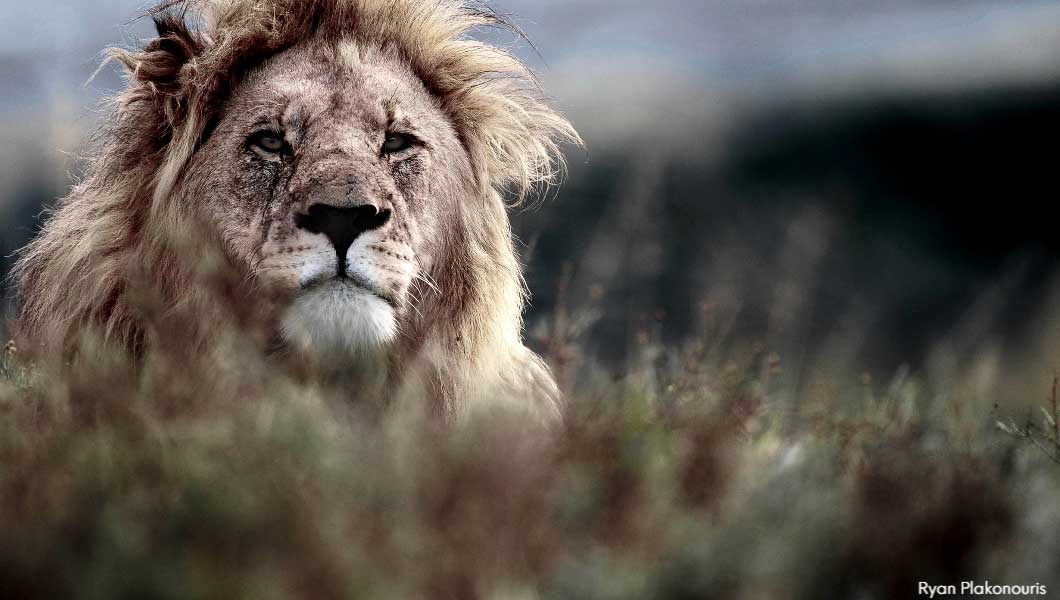
11) Lions Can Climb Trees (If They Have To)
Most lions spend all their time on the ground, but in some parks across Africa they have learned to climb trees. Compared to leopards, they are not very graceful at climbing trees as they are not adapted for climbing. Most prides of lions do not climb trees, and big males are less likely to climb a tree because they are so heavy. The reason why lions climb or sleep in trees is to get away from pesky biting flies and insects on the ground. It can be cooler up in a tree, and they have a higher vantage point to see if any other animals are nearby. Lions may also be forced to climb a tree temporarily to try to escape from an angered herd of buffaloes. These special tree-climbing lions are most popular in Tanzania and Uganda. Queen Elizabeth National Park, Lake Manyara National Park, Lake Nakuru National Park, and Tarangire National Park are the best places to possibly see them. With that said, some lucky visitors to the Serengeti have seen lions in trees too.
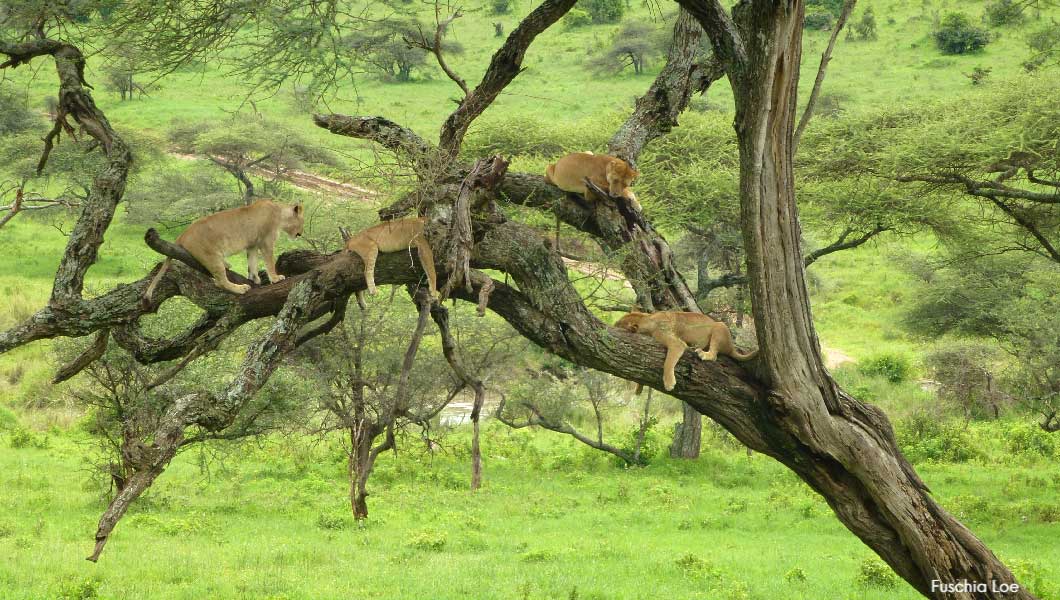
12) Lions Are Under Threat
Three-quarters of African lion populations are in decline. With only around 20,000 in the wild, they are officially considered vulnerable of extinction. Even though they are powerful and majestic, and have no natural predators, it is inconceivable that African lion numbers have fallen by over 40% in the last 30 years. The main threats to lions are loss of territory, lion/human conflict, and trophy hunting. As a traveler, you can do your part by traveling to national parks and game reserves that put resources toward protecting Africa's lions.
By booking with Lion World Travel, you can be sure that you are helping to support lion conservation in Africa. For more information, read about our Animal Welfare policy.
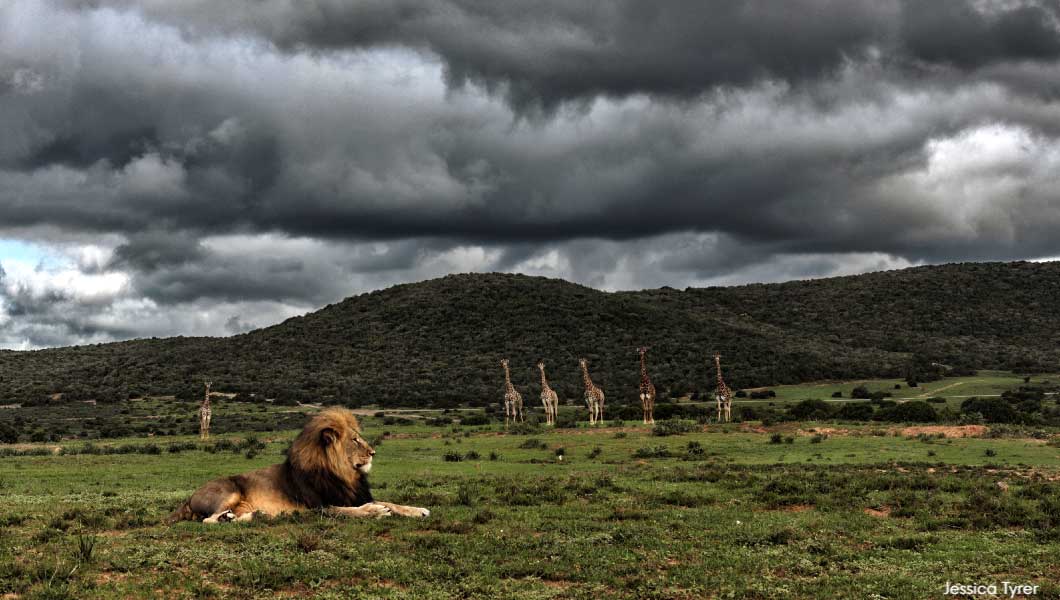
longmirewharb1953.blogspot.com
Source: https://www.lionworldtravel.com/news/who-knew-12-amazing-important-lion-facts
0 Response to "Wgat Do Lions Do That Are Funny"
Post a Comment